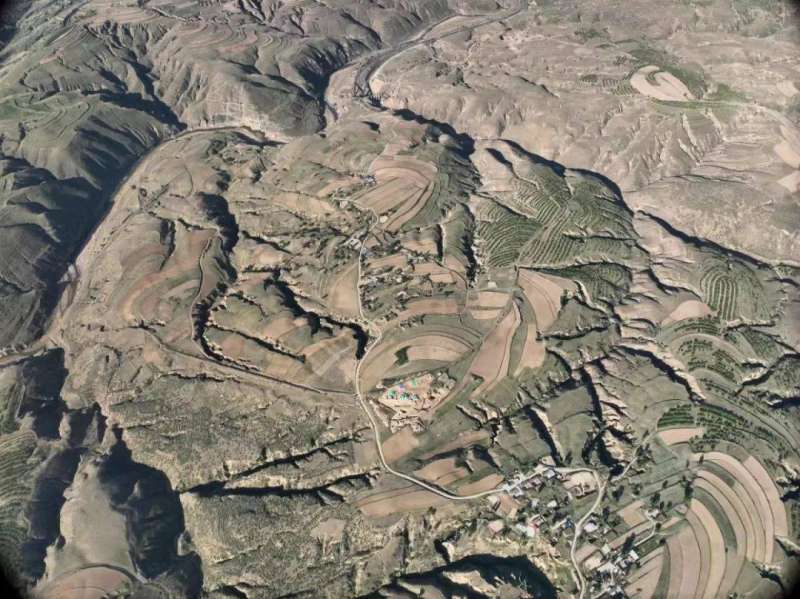20/12/2023
20/12/2023

Archaeologists have unearthed the remains of a house complex dating back over 4,000 years in the Inner Mongolia Autonomous Region of northern China. The Chinese Xinhua Agency revealed that this complex was found within the ancient stone city site now known as Qingshuihe Province. The excavated ruins feature a centrally located house with five rooms, believed to be sophisticated structures from the Longshan culture, an ancient civilization that thrived in the middle and lower Yellow River region between 2800 BC and 1800 BC.
Son Jin-sung, the leader of the archaeological excavation team and head of the Regional Research Institute of Cultural Relics and Archaeology, described the houses' walls constructed from compacted soil, with floors and walls adorned in white plaster. In the courtyard surrounding the central house, researchers discovered remnants of stone walls and the foundations of additional structures. The site also yielded a significant assortment of pottery, animal bones, and various stone tools.
Covering approximately 1.38 million square meters, the stone city site is a significant archaeological area. Sun highlighted that this recent find contributes new insights for studying the emergence and evolution of early cities in northern China.
Named after the town in Shandong Province where its traces were initially discovered, the Longshan culture holds a crucial place in China's ancient history. The revelation of this well-preserved house complex offers valuable information about the architectural and cultural aspects of the Longshan civilization during its peak period between 2800 BC and 1800 BC.


